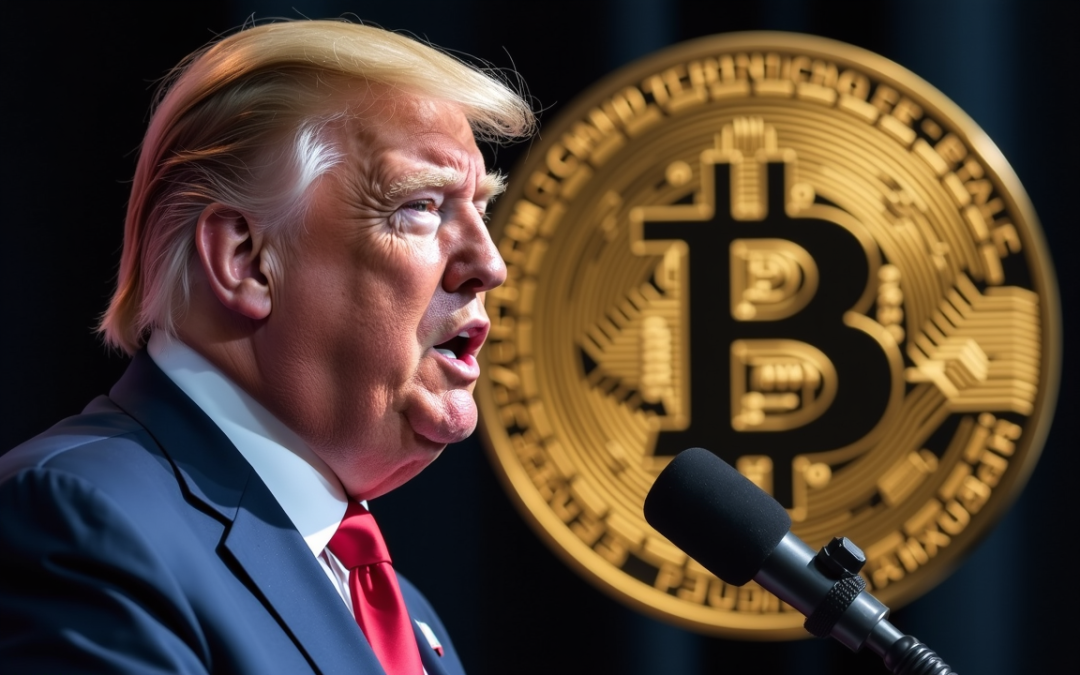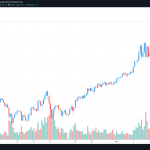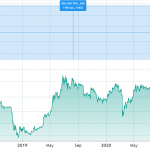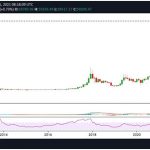- China’s stablecoin push is a defensive move against US dollar dominance.
- The US GENIUS Act is the key trigger for Beijing’s recent policy shift.
- The experiment will be limited to offshore markets like Hong Kong.
A seismic shift is underway in Beijing. The Chinese government, long a staunch opponent of private cryptocurrencies, is now being forced to reluctantly enter the stablecoin arena.
But this is not a newfound love for digital assets; it is a calculated and defensive masterstroke in the escalating global war for currency supremacy—a direct response to a power play from Washington that threatens to cement the US dollar’s dominance for a generation to come.
The Washington wake-up call
The trigger for this dramatic pivot, according to industry leaders, was the passage of the U.S. GENIUS Act, a landmark piece of legislation that formally integrates dollar-pegged tokens into the architecture of global finance.
Animoca Group president Evan Auyang told CoinDesk the law is “pressuring China to act a lot faster,” forcing a fundamental rethink in Beijing.
Suddenly, stablecoins were no longer viewed as speculative instruments, but as essential infrastructure for global trade and settlement.
Now, Reuters reports that China’s State Council is reviewing a roadmap for yuan-backed stablecoins, a move that signals a profound strategic realignment.
A tale of two currencies: the global edge of a stablecoin
This new direction represents a significant departure from China’s initial strategy, which focused exclusively on its own Central Bank Digital Currency, the e-CNY.
According to Dr. Vera Yuen of Hong Kong University’s Business School, the government initially prioritized the e-CNY because it offered what Beijing values most: control, traceability, and profit.
But as Dr. Yuen told CoinDesk, the e-CNY has a critical weakness: it was built for domestic use.
“For international use of CBDCs, there is a big problem of interoperability of different systems. Stablecoins are designed to be used internationally, so it can be a better option for cross-border transactions,” she said.
This realization has forced China to adopt a dual-pronged approach.
“Focusing on stablecoins allows China to respond proactively to global regulatory debates and technological advances, ensuring it remains competitive and prepared as the digital currency landscape evolves,” Yuen continued.
An offshore experiment, a domestic cage
This is not, however, an open embrace.
China’s notoriously strict capital controls mean this stablecoin experiment will be carefully ring-fenced, taking place almost entirely offshore with Hong Kong’s new regulatory regime serving as the primary testing ground.
This creates a fundamental paradox: China wants to project its currency’s power globally, but its unwillingness to loosen its grip at home creates a major hurdle.
“This would limit the issuance of offshore renminbi stablecoins, constraining its attractiveness as a means of payment,” Yuen warned, highlighting the narrow runway for this international push.
The Asian arms race
China is not acting in a vacuum. A broader financial arms race is heating up across Asia as nations scramble to avoid being left behind by dollar-pegged digital finance.
In Japan, financial giant Monex Group is preparing to issue a yen-backed stablecoin tied to government bonds.
But unlike China’s offshore-only approach, Japanese regulators are laying the groundwork for stablecoins to circulate domestically, a sign of a more open and integrated strategy.
For now, Beijing’s move looks less like a replacement for the e-CNY and more like a cautious and necessary complement—a strategic tool to extend the yuan’s influence abroad without sacrificing an ounce of control at home.
How markets are moving:
- BTC: Bitcoin held firm at $111,000 as the market reacted positively to strong earnings from the tech bellwether Nvidia.
- ETH: Ethereum is trading at $4,500, with historical data showing that a green August often sets the stage for a 60 percent rally into year-end, though this typically follows a dip in the historically weak month of September.
- Gold: Gold traded Wednesday at $3,443 per ounce, a 1.6 percent jump from Tuesday’s close, extending its impressive 37 percent year-over-year rally.















